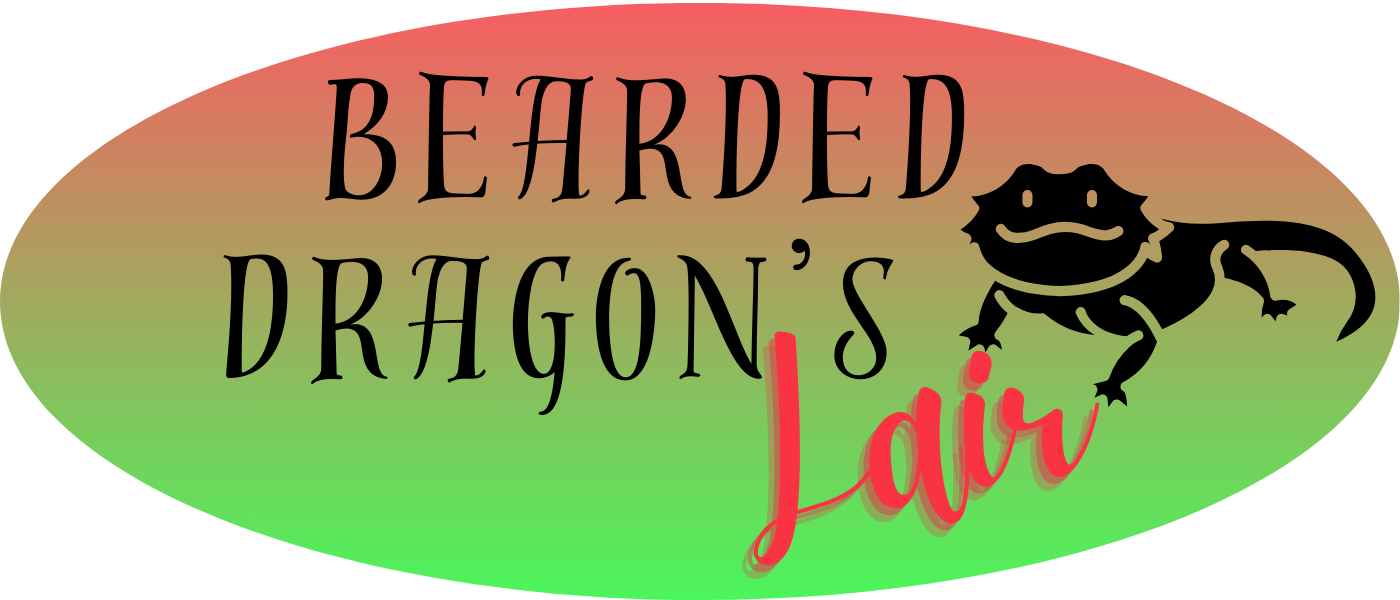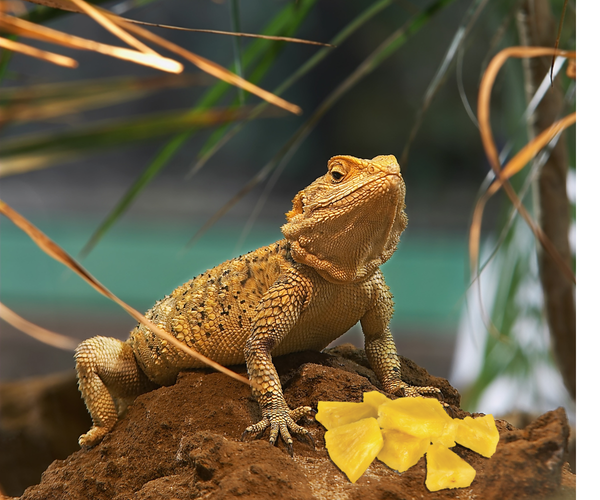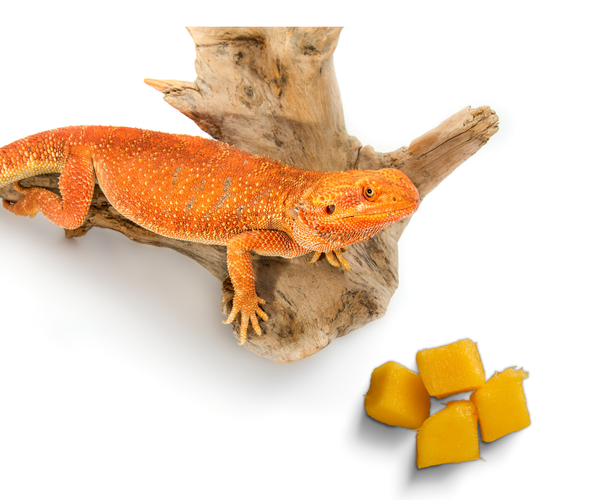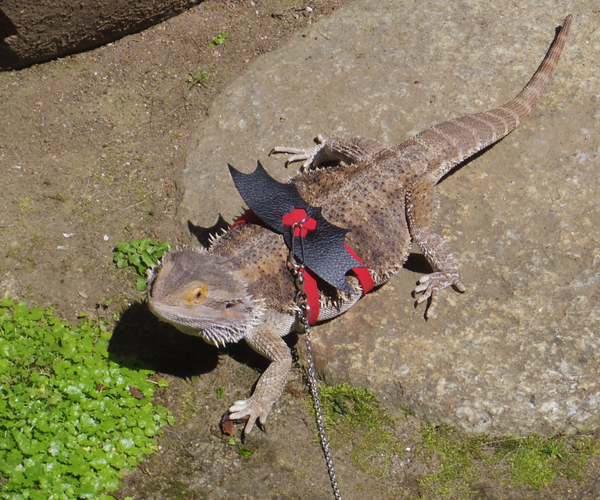Bearded Dragons Native Habitat
The vast Australian outback, with its hot days and cool nights, provides the perfect backdrop for the bearded dragon's lifestyle.
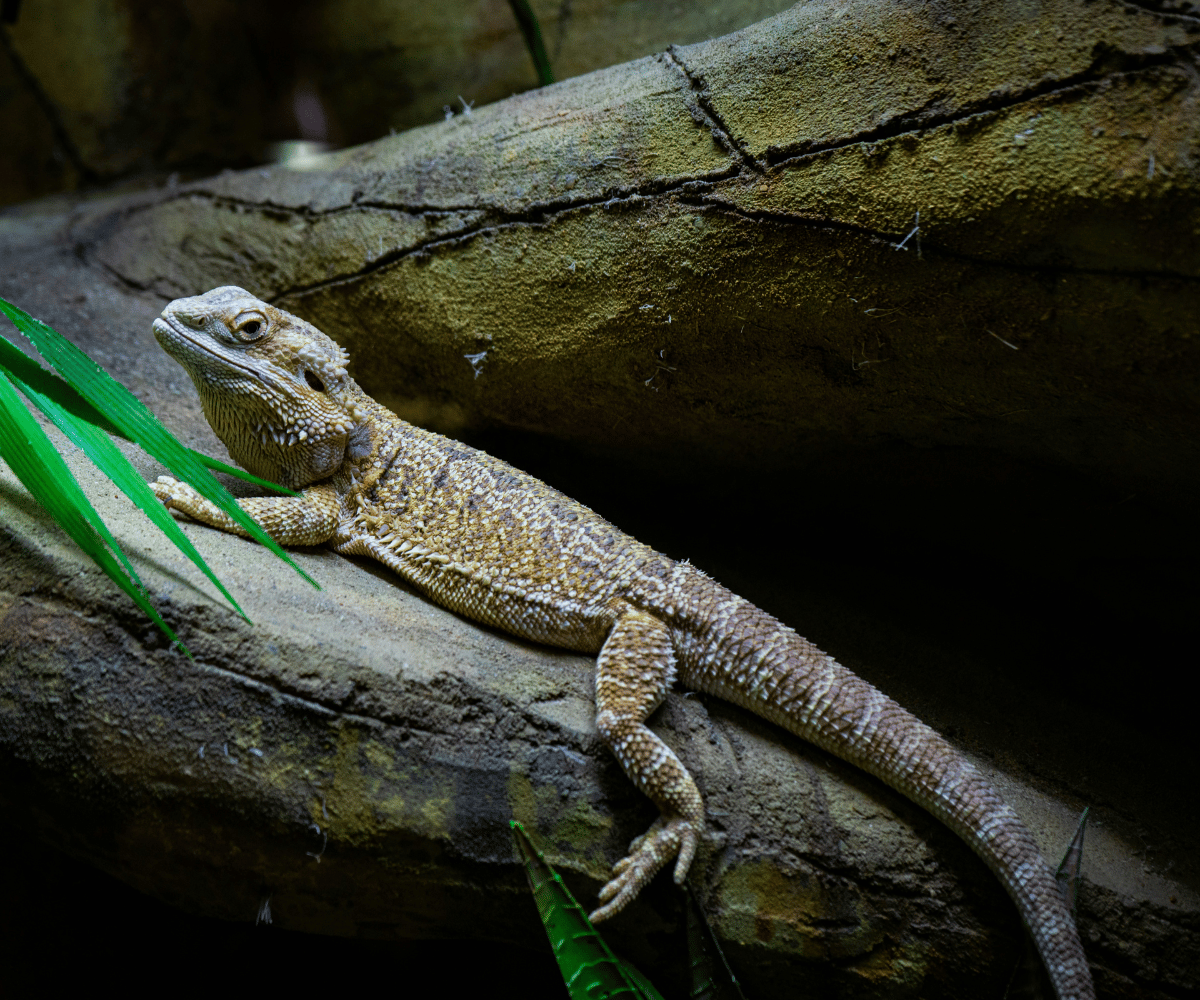
Bearded dragons are one of the most popular reptiles kept as pets around the globe. Their docile nature, unique appearance, and relatively easy care make them ideal companions for reptile enthusiasts. But where do these fascinating creatures hail from? Let's embark on an explorative journey to uncover the roots of bearded dragons.
Key Takeaways:
- Bearded dragons are native to Australia, thriving in various habitats across the continent.
- Understanding their natural environment is crucial for proper bearded dragon care in captivity.
- Conservation efforts are important to protect the natural habitats of bearded dragons.
The Australian Outback: Home of the Bearded Dragon
Bearded dragons are indigenous to Australia, a land known for its diverse ecosystems and unique wildlife. These reptiles are primarily found in the arid, desert regions of the continent, where they have adapted to survive in harsh conditions. The vast Australian outback, with its hot days and cool nights, provides the perfect backdrop for the bearded dragon's lifestyle.
The adaptability of bearded dragons is evident in their ability to thrive in various Australian habitats. From the central deserts to scrublands and even woodlands, these reptiles have made themselves at home. Their presence across such a wide range of environments speaks to their resilience and versatility as a species.
A Closer Look at Bearded Dragon Habitats
In the wild, bearded dragons are known to inhabit areas that offer ample sunlight and heat, which are essential for their thermoregulation. They are often found basking on rocks, branches, and in open areas where they can soak up the sun's rays. These basking spots are not just for warmth; they also serve as excellent vantage points for spotting prey and predators.
The terrain in their natural habitat is typically rugged and sparse, with vegetation that can withstand dry conditions. Bearded dragons are opportunistic feeders, and the variety of insects, small mammals, and plants in these areas provides them with a balanced diet. Their ability to eat a wide range of foods is another factor that contributes to their survival in the wild.
The Evolutionary Journey of Bearded Dragons
Bearded dragons belong to the genus Pogona, which consists of several species. The evolutionary history of these reptiles is quite fascinating, as they have developed unique physical and behavioral adaptations to cope with their environment. One of the most distinctive features of bearded dragons is their "beard," a flap of skin under their throat that can puff up when they feel threatened or are trying to assert dominance.
The evolutionary path of bearded dragons has also led to their varied colorations and patterns, which help them blend into their surroundings. This camouflage is a crucial survival mechanism, allowing them to avoid detection by both prey and predators. The diversity among species also indicates how bearded dragons have evolved to suit the specific conditions of different Australian regions.
Bearded Dragons in the Wild: Behavior and Lifestyle
Observing bearded dragons in their natural habitat reveals much about their behavior and lifestyle. These reptiles are diurnal, meaning they are active during the day and rest at night. During the day, they engage in various activities such as hunting, basking, and interacting with other bearded dragons.
Social behavior is another interesting aspect of bearded dragons in the wild. They communicate with each other through a series of head bobs, arm waves, and body postures. These signals can convey a range of messages, from submission to aggression. Understanding these behaviors is essential for anyone looking to keep a bearded dragon as a pet, as it helps in providing an environment that caters to their natural instincts.
The Impact of Climate on Bearded Dragon Habitats
Climate plays a significant role in the distribution and well-being of bearded dragons in Australia. The continent's climate varies from tropical in the north to temperate in the south, with the central regions experiencing arid and semi-arid conditions. Bearded dragons have adapted to these varying climates, but changes in weather patterns can affect their habitats and, consequently, their populations.
Extreme weather events, such as droughts and heatwaves, can lead to habitat loss and reduced food availability for bearded dragons. As climate change continues to impact global weather patterns, the habitats of these reptiles may be threatened, making it imperative to monitor and protect their natural environments.
Bearded Dragons and Australian Culture
Bearded dragons hold a special place in Australian culture, often being featured in Aboriginal folklore and modern media. Their distinctive appearance and demeanor have made them symbols of the rugged and resilient Australian wildlife. In many ways, bearded dragons have become ambassadors for the conservation of Australian nature, drawing attention to the importance of preserving the country's unique ecosystems.
The popularity of bearded dragons extends beyond Australia, with many people around the world fascinated by these creatures. This global interest has led to a thriving pet trade, which, while beneficial for reptile enthusiasts, also raises concerns about the sustainability of wild populations and the importance of responsible pet ownership.
Conservation Efforts for Bearded Dragons
Conservation efforts are crucial to ensure the survival of bearded dragons in their native habitats. Australia has implemented various measures to protect its wildlife, including habitat preservation and regulations on the collection and export of native species. These efforts help maintain the balance of ecosystems and allow bearded dragons to continue thriving in the wild.
In addition to government initiatives, there are numerous organizations and groups dedicated to the conservation of bearded dragons. These entities work to educate the public, conduct research, and support conservation projects that benefit not only bearded dragons but also the broader Australian environment.
Bearded Dragons in Captivity: A Reflection of Their Origins
When keeping bearded dragons as pets, it's essential to replicate their natural habitat as closely as possible. This includes providing a suitable enclosure with appropriate heating, lighting, and substrate. A diet that mimics what they would eat in the wild is also important for their health and well-being.
Pet owners should strive to understand the origins of their bearded dragons, as this knowledge can greatly enhance the care they provide. By creating an environment that reflects the Australian outback, pet owners can ensure their bearded dragons live happy, healthy lives in captivity.
Summary
Bearded dragons are fascinating reptiles that hail from the diverse landscapes of Australia. Their ability to adapt to various climates and habitats has made them resilient survivors in the wild. Understanding their origins and natural behavior is crucial for both conservation efforts and proper care in captivity. As we continue to appreciate and learn from these creatures, it's important to support initiatives that protect their native environments and ensure their populations remain stable for generations to come.
FAQ Section
Q: Can bearded dragons be found outside of Australia in the wild? A: No, bearded dragons are native to Australia and are not naturally found in the wild outside of this continent. However, they have been introduced to other regions through the pet trade.
Q: How many species of bearded dragons are there? A: There are several species within the Pogona genus, with the most commonly known species being the Pogona vitticeps, often kept as pets.
Q: What can I do to help with the conservation of bearded dragons? A: Supporting wildlife conservation organizations, advocating for habitat protection, and practicing responsible pet ownership, including not releasing captive bearded dragons into the wild, are all ways to help with the conservation of these reptiles.
